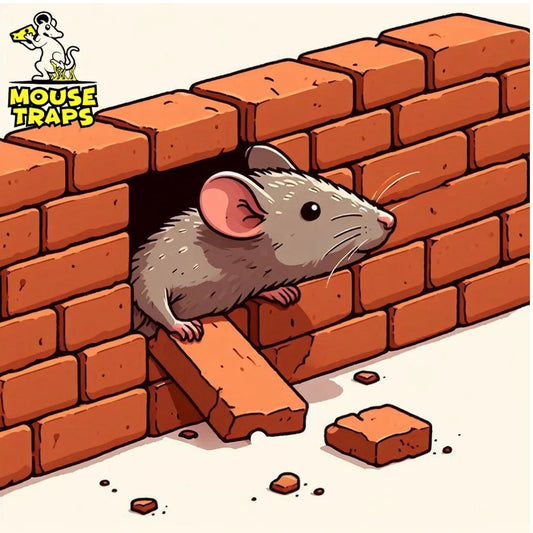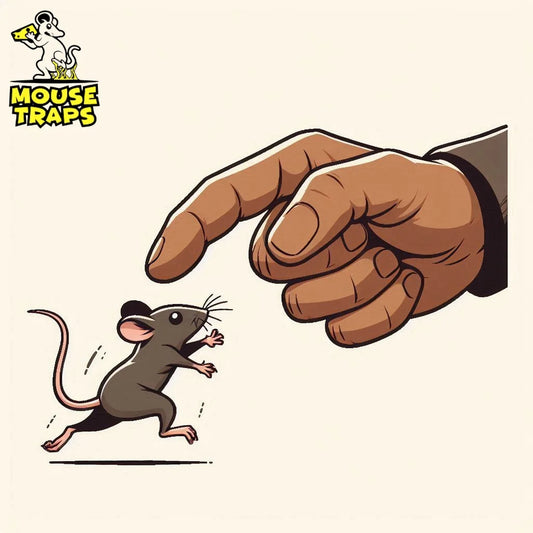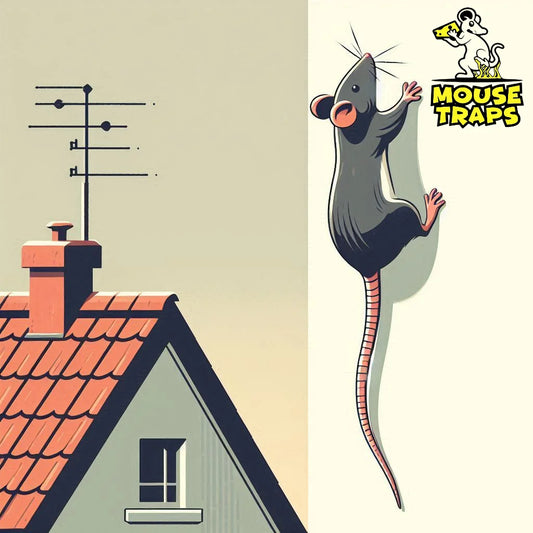Introduction
Gardeners often find themselves dealing with the challenge of rats causing damage, to their garden plants and vegetables leading to frustration and difficulties, in preserving their harvests. These pesky rodents not only nibble on tender shoots but also spread diseases. Don't worry! By following these techniques you can make sure your garden remains in health and rodent free. Lets delve into some tactics to stop rats from disrupting the peace in your garden paradise!
Understanding Rat Behavior
To effectively combat rat infestations, it's crucial to understand their behavior and habits:

- Nocturnal Creatures: Rats are primarily active during the night, making it challenging to spot them in action during the day.
- Omnivorous Appetites: Rats have diverse diets, including plants, vegetables, fruits, grains, and even insects.
- Nesting Preferences: These rodents seek shelter in dark, secluded spaces, such as compost heaps, dense vegetation, and cluttered areas.
Implementing Prevention Measures
Prevention is key when it comes to keeping rats at bay. Here's how you can safeguard your garden:
Secure Your Perimeter
- Install sturdy fencing around your garden to create a barrier against rats.
- Ensure there are no gaps or holes in the fence that rats could squeeze through.
- Use wire mesh buried at least 6 inches deep to prevent rats from burrowing into your garden.

Maintain Cleanliness
- Keep your garden free of debris, fallen fruits, and clutter that can attract rats.
- Regularly remove weeds and trim overgrown vegetation to eliminate hiding spots for rodents.
- Store garden tools, pots, and supplies in sealed containers to deter rats from nesting.

Implement Natural Deterrents
- Plant aromatic herbs like mint, lavender, and rosemary, which rats find repulsive.
- Scatter strong-smelling deterrents such as garlic cloves or chili peppers around the perimeter of your garden.
- Have you thought about bringing in owls, snakes or even pet cats to help control the rat numbers?

Use Traps and Baits
- Set up humane traps baited with peanut butter or cheese to capture rats without harming them.
- Opt for snap traps or electronic traps for more effective rat control.
- Place bait stations strategically around your garden, using rodenticides as a last resort and with caution to avoid harming non-target animals.
Live Humane Traps:
Live Humane Traps: Harmless traps are created to capture creatures, like mice, rats or bugs in a manner. They usually use bait to lure the animal into a cage or box for relocation, into their natural habitat.

Benefits of live humane traps:
- Humane treatment of animals: Live traps allow for the capture and release of pests without causing harm or distress.
- Environmentally friendly: By avoiding the use of chemicals or poisons, live traps are a safer option for the environment.
- Reusability: Live traps can be used multiple times, making them a cost-effective and sustainable pest control solution.
- Safe for pets and children: Unlike traditional traps or poisons, live traps pose no risk to pets or children who may come into contact with them.
WHEELIO Sticky Glue Pads:
On the other hand, sticky glue mouse pads are designed to trap rodents by sticking them to a strong adhesive surface. Although these pads can catch pests efficiently they often lead to the animals demise. Are seen as compassionate, than live traps.

Benefits of sticky glue mouse pads:
- Effectiveness: Sticky glue mouse pads are often highly effective at capturing rodents quickly.
- Ease of use: These pads are simple to set up and require minimal maintenance.
- Cost-effective: Sticky glue mouse pads are typically inexpensive, making them a budget-friendly pest control option.
- No escape: Once a rodent is caught on a sticky pad, it cannot escape, ensuring effective pest control.
Monitoring and Maintenance
Regular monitoring is essential to ensure your prevention efforts remain effective:
- Inspect Your Garden: Conduct routine inspections to look for signs of rat activity, such as gnaw marks, droppings, or burrows.
- Adjust Strategies: If you notice rats bypassing your deterrents, try switching up your methods or adding additional barriers.
- Stay Vigilant: Remain vigilant year-round, as rat activity may increase during certain seasons or in response to environmental changes.

FAQs (Frequently Asked Questions)
Q: Can rats transmit diseases to humans through garden produce?
Q: Will mothballs repel rats from my garden?
Q: Are there any plants that rats specifically avoid?
Q: How can I tell if rats are nesting in my garden?
Q: Are there any eco-friendly rat control methods I can use?
Conclusion
By staying of the game and consistently tending to your garden you can effectively prevent rats from causing damage, to your plants and vegetables. By knowing how rats act putting steps in place and keeping an eye out you can establish a garden thats tough for rodents to invade. So get ready to work implement these tactics and take back control of your garden from those pests.




